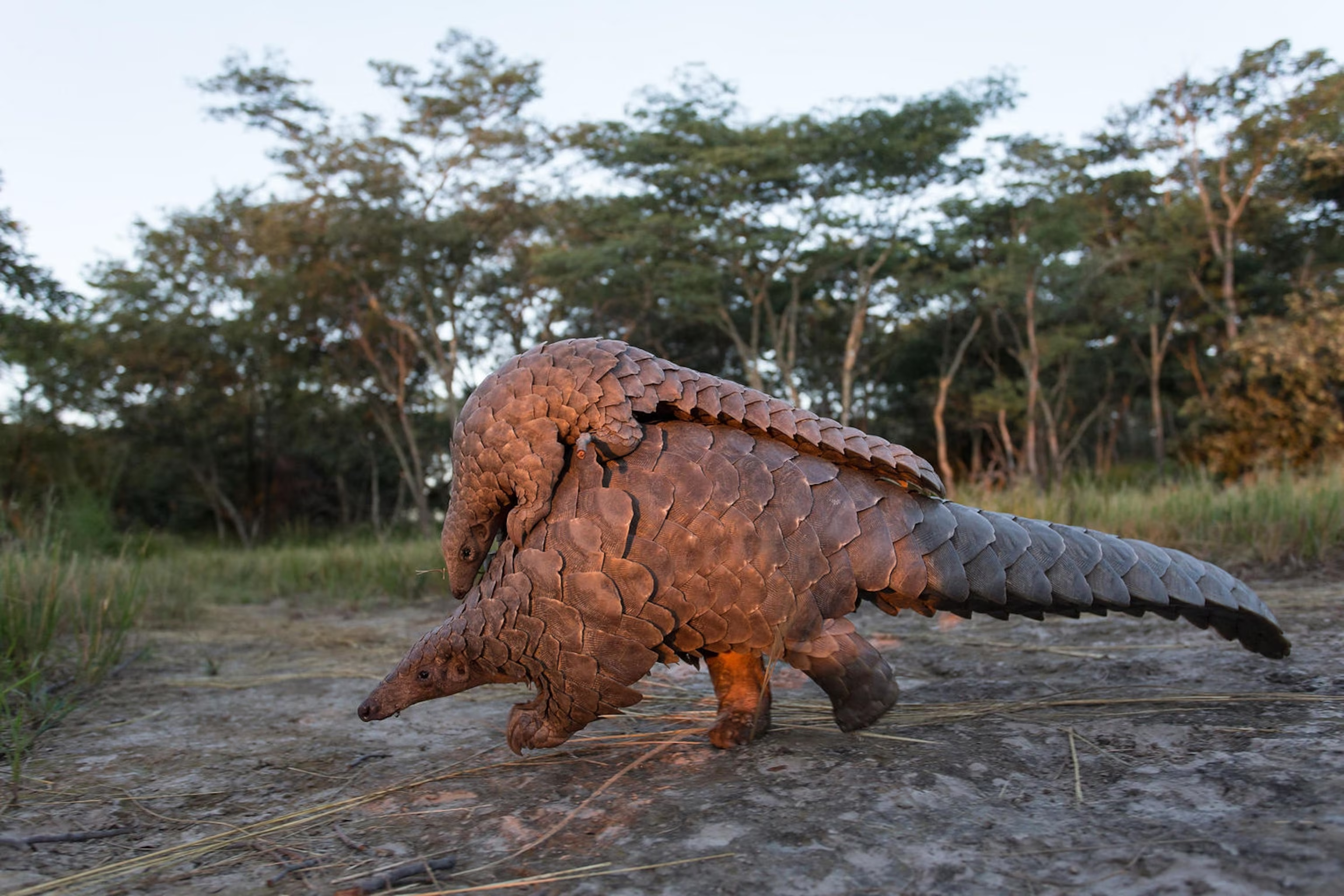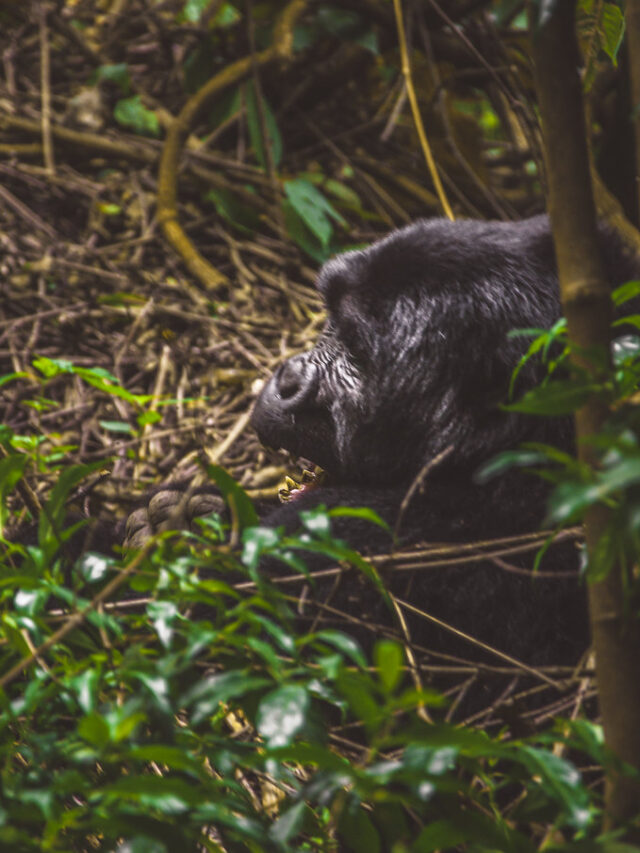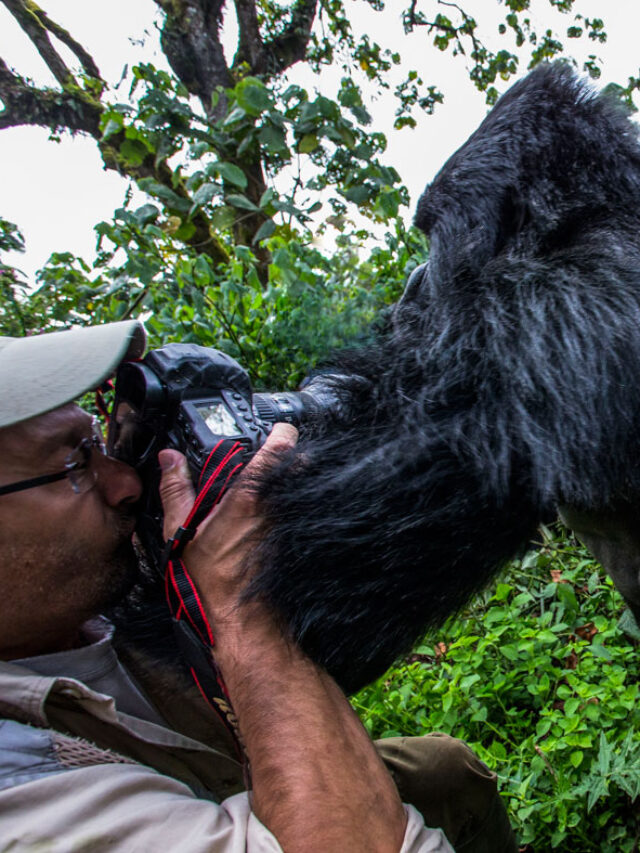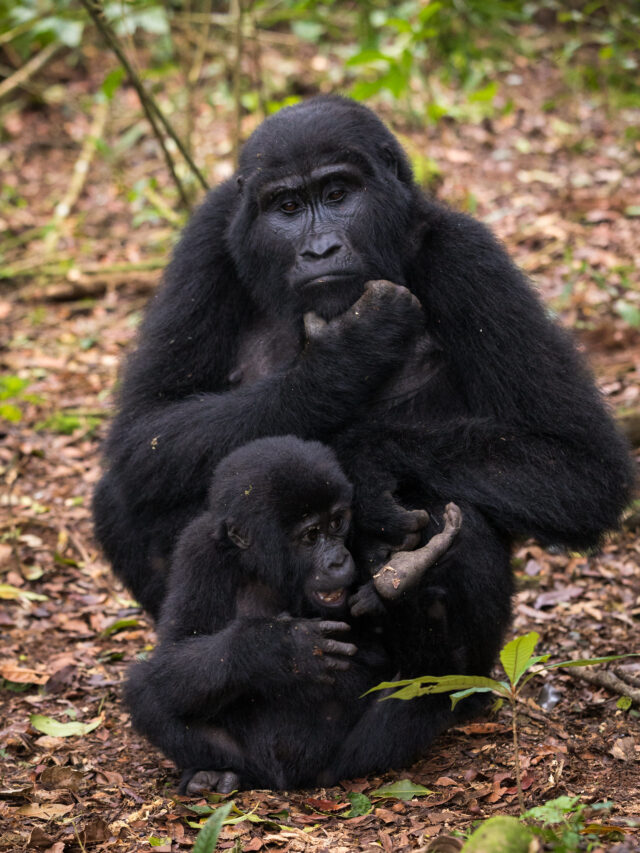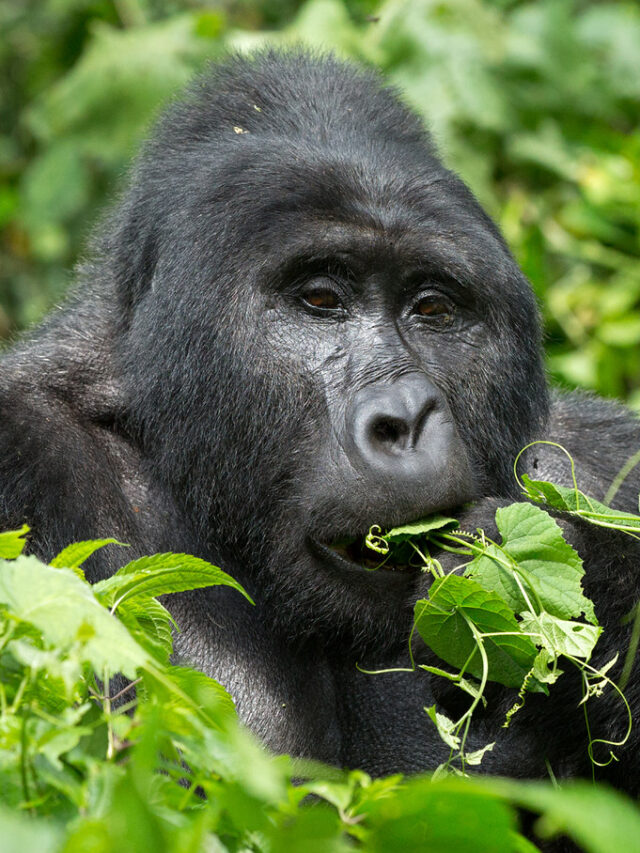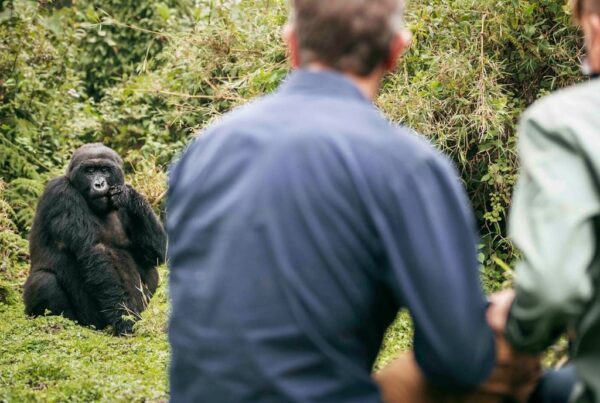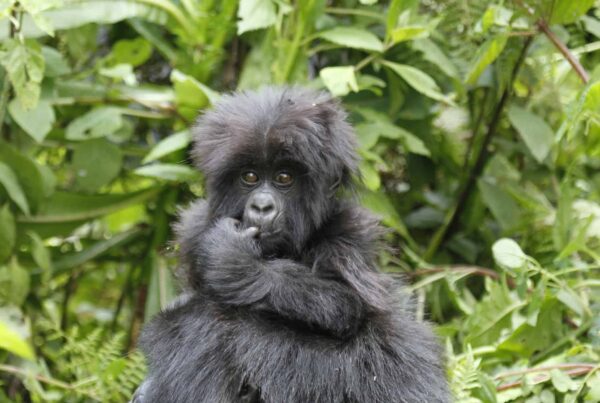Endangered Animal Species in Uganda: A Silent Struggle to Survive
Uganda’s Endangered Wildlife – The Fight to Preserve a Vanishing Heritage
Endangered Animal Species in Uganda — Uganda, often celebrated as the “Pearl of Africa,” is home to one of the richest tapestries of biodiversity on the continent. Within its lush forests, expansive savannahs, and mountain ranges lie species found nowhere else on Earth. But behind the postcard beauty is a troubling reality—a growing number of Uganda’s wild animals are quietly slipping toward extinction. Human activity, habitat loss, climate change, and illegal wildlife trade are pushing some of the country’s most iconic creatures to the brink. The story of endangered animals in Uganda is not just one of loss, but also of resilience, determination, and an urgent call for protection before these species become only memories.
The Mountain Gorilla – A Conservation Icon Still at Risk
The mountain gorilla is one of Uganda’s most famous and closely protected species. Found primarily in Bwindi Impenetrable National Park and the Mgahinga Gorilla National Park, these majestic primates have become a symbol of successful conservation efforts. However, despite recent population increases, they remain endangered. The threat of disease transmission from humans, shrinking habitat due to agriculture, and the risk of poaching continue to loom.
Their survival hinges not only on protected areas but also on the delicate balance of coexistence with nearby communities. Gorilla tourism has played a pivotal role in funding their conservation, but the species still walks a narrow path between stability and decline.
African Elephant – Caught Between Tradition and Modern Threats
The African elephant, both savannah and forest subspecies, remains endangered in Uganda. Their range includes parks like Queen Elizabeth, Murchison Falls, and Kidepo Valley, but their numbers are under constant pressure. Ivory poaching and habitat fragmentation are the most immediate dangers, coupled with increased conflict as elephants wander into farmlands, often destroying crops and triggering retaliation.
Though anti-poaching measures have intensified and elephant corridors are being explored to reduce human-wildlife conflict, elephants in Uganda remain a vulnerable population whose survival demands continuous vigilance and innovation.
African Leopard – Elusive, Mysterious, and Fading
Leopards are among the most adaptable big cats in the world, but in Uganda, their numbers are in sharp decline. They are classified as vulnerable and face mounting challenges as forest cover diminishes and prey species are depleted. The leopard’s stealthy nature makes them hard to study, but they are increasingly at risk due to trophy hunting pressures and conflict with livestock owners.
They are found in isolated pockets across Uganda, particularly in forest reserves and national parks, yet their future is uncertain. Without stronger protections and public awareness of their ecological role, leopards could vanish from many parts of Uganda where they once thrived.
Shoebill Stork – The Majestic Giant of Uganda’s Wetlands
The shoebill stork is one of the most extraordinary birds in Uganda, known for its prehistoric appearance and powerful presence in the country’s papyrus wetlands. Despite being a popular sighting for birdwatchers, this rare species is endangered due to wetland degradation, illegal capture for trade, and disturbance from human activity.
Its stronghold lies in areas like the Mabamba Swamp, but this fragile habitat is increasingly under threat. Conservation of the shoebill is tied to preserving Uganda’s dwindling wetland ecosystems—vital not only for wildlife but for water filtration and flood protection.
Pangolin – The Most Trafficked Mammal in the World
Often unseen and underestimated, the pangolin is critically endangered in Uganda. All four African species are found in the country, with the ground pangolin being the most commonly reported. These shy, nocturnal creatures are heavily hunted for their scales, which are falsely believed to have medicinal value in some cultures.
Pangolin trafficking is rampant, and although it is illegal, the demand continues to drive them toward extinction. The lack of awareness about pangolins makes their conservation especially challenging, requiring more education and stronger enforcement of anti-trafficking laws.
Rhinos – A Reintroduction Success Still in Fragile Balance
Uganda once had both black and white rhinos roaming freely, but they went extinct in the wild by the 1980s due to poaching. Today, they are slowly making a comeback through dedicated breeding programs on private conservation ranches. While nearly 50 rhinos now live in protected sanctuaries, they remain critically endangered and are not yet present in Uganda’s open wild spaces.
Their future depends on long-term breeding success, robust protection, and eventual reintroduction into national parks—a process that will take years and significant investment to ensure success.
Chimpanzees – Intelligent, Empathetic, and Under Threat
Chimpanzees are one of Uganda’s closest genetic relatives and are found in forests like Kibale, Budongo, and parts of Bwindi. Though they attract research and tourism, chimpanzees are endangered due to deforestation, illegal pet trade, and disease transmission.
They live in complex social groups, exhibit tool use, and have emotional depth—traits that make their decline not only an ecological tragedy but a moral one. Conservation strategies must include forest preservation, public education, and greater protection of chimpanzee habitats to ensure their survival.
Other At-Risk Species – A Tapestry of Fragility
Beyond these headline species, Uganda is home to a range of lesser-known but equally endangered animals. These include the golden cat, grey crowned crane, sitatunga, African grey parrot, and certain species of frogs, bats, and reptiles. Many of them face the same challenges—habitat loss, hunting, pollution, and climate disruption.
The true danger lies not only in the extinction of individual species but in the collapse of ecological systems that depend on the diversity and interdependence of all these creatures. Every species lost takes with it a piece of Uganda’s ecological soul.
A Call to Action – Protecting Uganda’s Wild Future
Uganda stands at a crossroads. With its incredible biodiversity and emerging reputation as a leader in eco-tourism, it has both the responsibility and the opportunity to safeguard its endangered animals. Conservation is no longer optional—it is essential for tourism, for ecological health, and for future generations.
By strengthening laws, supporting community-based conservation, expanding protected areas, and promoting environmental education, Uganda can reverse the tide. Every action taken today to protect these endangered species is an investment in a more balanced, vibrant, and sustainable future.

